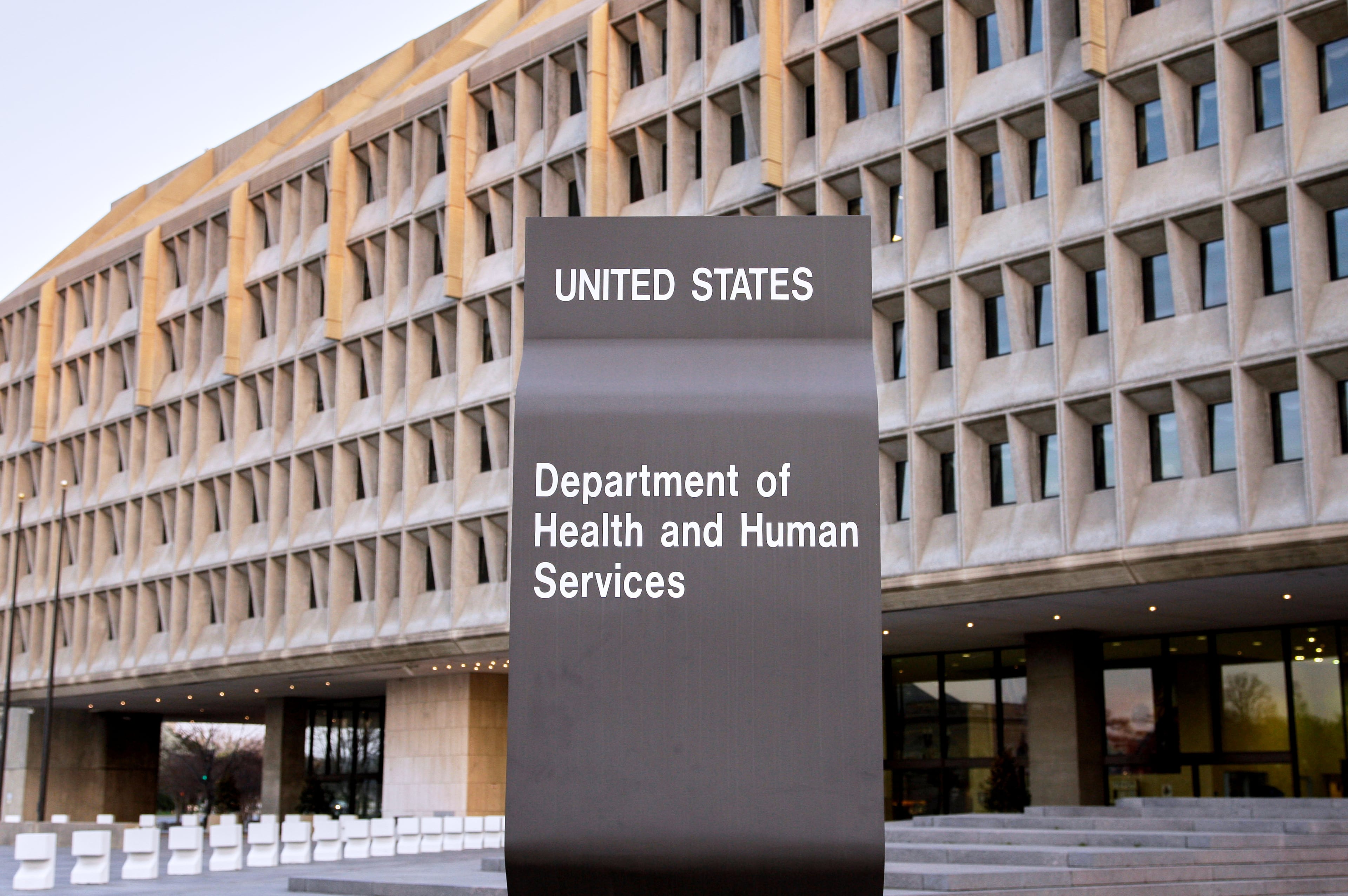What if we already have solutions for reducing harm from gun violence?

Gun violence has become so intricately woven into our lives that it is not just a political predicament but also a public health crisis, as recently declared by Surgeon General Vivek Murthy.
Murthy and pundits have spoken about how a public health approach to addressing gun violence will take time and warned that change won’t happen overnight. History has shown that issues regarding guns and gun safety can be nearly impossible to legislate, given opposing beliefs about personal rights. That divisiveness contributes to political arguments that stall discourse and diminish impact on public health approaches to this problem as well.

There are, however, several safety-tech solutions that could help us sidestep politics and improve gun safety now — if we built those mechanisms into guns and storage containers.
As a nurse practitioner and scientist, I have seen the power of safety-tech solutions firsthand. I have seen seemingly impossible health care problems improve using mechanisms that accept — and account for — human error. Technological solutions like “Pyxis,” a drug distribution device, ensure safety and accountability for medication orders and delivery, reducing the risk of drug errors. Nurses use identification scanners, fall alarms, smart inhalers, contact lenses that double as blood sugar monitors and countless other remarkable devices to alert us before deadly incidents occur.
Why not take a similar approach to the seemingly impossible issue of gun safety? Firearms often fall into the hands of non-owners who use the guns with ill intent. Technology can create interruptions in the cycle of stolen weapons to get them out of the hands of non-owners. We must also acknowledge that some owners of registered firearms will, indeed, perpetrate harm on others and that industry also provides means for guns to be made more dangerous to the point of mass casualty. Gun safety technology allows for improved gun ownership responsibility and accountability.
Here are just a few safety-tech possibilities:
Global positioning systems (GPS) could be embedded in guns to help track guns’ journeys across users and locations because the location of the weapon could be traced. This feature could help law enforcement locate weapons that they need to recover for evidence.
Likewise, GPS systems would afford helpful data for insurers. Gun insurance is an emerging innovation that could be adopted on a larger scale. Insurance plans already exist to insure firearm owners against damage, usually under a homeowner’s insurance policy. What if we scaled up liability coverage for the responsible owner in the event the gun causes harm to people? What if insurers were financially responsible for compensating the victims and families of shootings, just as car insurers compensate collision victims? This impact could shift financial incentives from “selling guns” to “limiting liability,” all for the good of the public.
Next, biometric identification such as fingerprints or face ID could be incorporated into a firearm so that nonauthorized users are unable to fire it. Likewise, ownership credentials (such as date and place of sale with owner’s driver’s license or government ID) could be embedded on a chip in the gun. The use of stolen or misappropriated guns could be significantly stalled by making the guns unusable unless by the rightful, registered owner. Default safety locks could prevent discharge until the lock is released using biometric technologies. The biggest advantage to these smart technologies would be saving the lives of children who discover firearms in their homes. In 2024, so far, data shows 146 unintentional shootings involving children resulting in 146 deaths and 99 injuries.
This year, the first “smart gun,” which includes fingerprint and facial recognition, was introduced to the market. Several barriers exist, however, to adoption. Critics cite a lack of safety standards for smart guns and concerns that the tech represents a step toward gun control. Another key barrier has been a proposed New Jersey law that initially would have required all gun stores in the state to offer sales of smart guns. Nonetheless, resistance remains because gun innovators fear damaging industry relationships or hurting small business owners.
One way to reconcile these tensions is with an effort to understand and address barriers to implementation through genuine discourse between industry and innovation. A multi-sector coalition of gun manufacturers, retail stores, innovators, scientists and regulators could reveal the logistical, operational, regulatory and cultural realities of implementing safety-tech solutions.
The coalition could advance strategies for collecting data that would benefit public health professionals and emerging safety-tech businesses alike. They could answer this basic question: if the technologies suggested here are ones we already have in our cellphones, computers and cars, why aren’t they also in guns? I am responsible for my car because I own it and want to take care of my investment while not harming myself or others. If an unauthorized person takes it, I have means for law enforcement to trace its location. Likewise, I have personal data on my cellphone and computer, each of which has several levels of password protection and biometric identification so that unauthorized users cannot access them.
Gun ownership and gun violence are complex issues in our country that we have not, thus far, been able to address with legislation. What we can do as citizens, however, is to motivate ourselves toward greater gun responsibility and accountability. We have the tools and technologies already to create more responsible and accountable gun ownership.
Though these suggestions won’t mitigate all gun violence, they might seriously reduce the public harm that comes from unintended use. Murthy succinctly declared that gun violence is a public health crisis. The public can respond to this crisis by creating market-chain solutions such as those suggested to reduce gun violence in our country.
Sharron M. Close is a pediatric nurse practitioner and assistant professor at Emory’s Nell Hodgson Woodruff School of Nursing and a leading voice on gun safety and the public health implications of gun violence.


